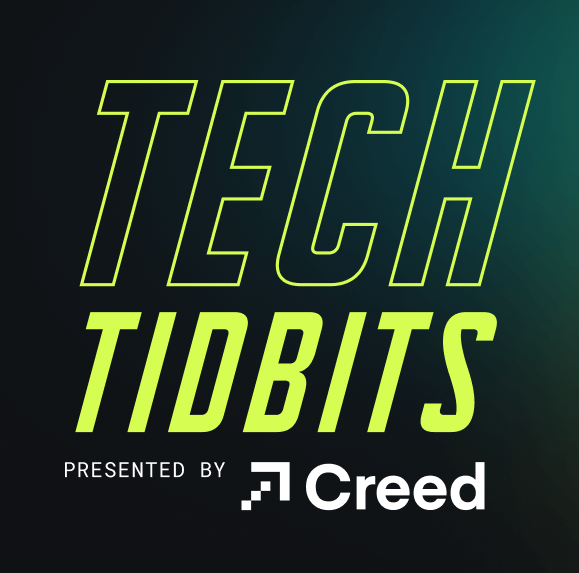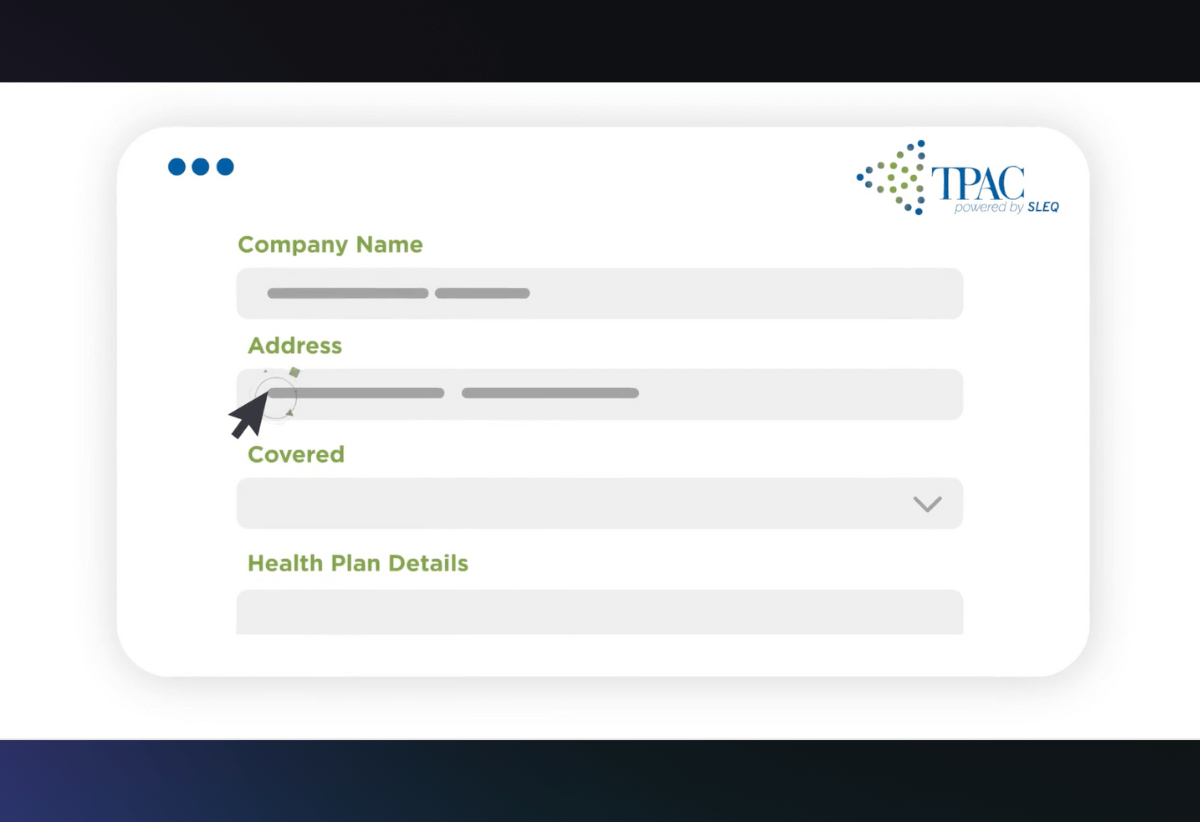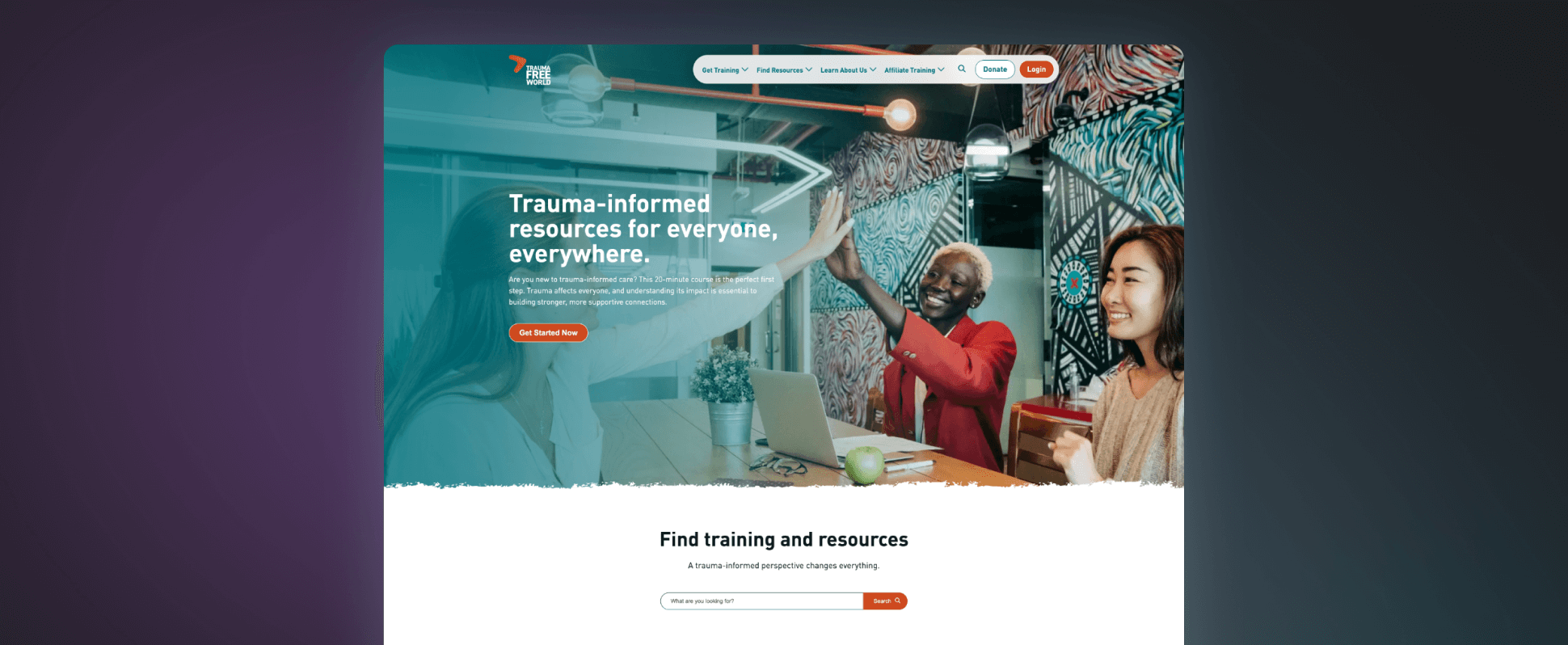Tech Tidbits Ep. 6: Bridget Fitzpatrick

episode 06
A UX/AI Researcher’s Guide to Embracing Discovery
In Tech Tidbits Episode 06, Chris Teigen interviews Bridget Fitzpatrick about how Creed approaches user experience (UX) and information architecture (IA). Bridget additionally talks about how artificial intelligence (AI) could impact human-centered design and even shares the key to winning Creed’s annual bean bag toss competition as our current co-champion.
Check out the importance of her role in UX Research and specifically the Discovery stage of Creed’s process, and gain some insight into all the work the UX/design team does here!
Chris: Hello, Bridget, how are you doing?
Bridget: I’m good, Chris. How are you?
Chris: I’m doing pretty good. I’m sitting here with Bridget Fitzpatrick. She is a UX/IA researcher here at Creed Interactive. Thanks, Bridgette, for taking the time to speak to us today about the UX/IA world.
Bridget: You’re welcome, Chris. I’m happy to be here.
Chris: You ready for some questions?
Bridget: Sure, I’m all set.
Chris: We’re gonna kick right off into this thing then. All right. First question, as a UX/IA researcher, what are some of your primary job responsibilities?
Bridget: So, it’s my job to really just listen and try to understand the needs and goals of the people that are using our products. I translate my research findings into insights, recommendations that help guide the designers and developers so that we can create great user experiences or improve on any existing ones. Yeah. So, um, I’m responsible for things like doing user research, usability testing, site data and analysis. I do interviews, usability tests. Um, I audit sites for usability and accessibility. Um, help people to understand the structure behind the site, uh, so the information architecture so that it’s easily navigated. Um, so I’m involved in all phases of the project from the discovery through the design and development all the way through, even into product maintenance.
Chris: Okay, great. Um, next question.
Chris: Clients are frequently reluctant to invest in the discovery process. Why should they embrace it?
Bridget: Clients should embrace the discovery process because it’s gonna make the end result better. It’s gonna make it more successful. Discovery’s all about clarifying what the problem is, identifying any potential risks so there’s less redoing work. That, and when you redo work, that’s gonna impact your budget and your timeline. So during a discovery, we create expectations, uncover any opportunities that might be there. We create that roadmap so that the work that gets done in design and development is more effective and more efficient. Our clients can feel more confident when they do a discovery ’cause their decisions are gonna be informed by real data. The results are gonna be tailored to their particular audience. The product’s gonna be longer lasting because of all of that. So ultimately, you know, what we’re trying to do is create products and processes that are gonna help people to do their work. It’s gonna help them to build stronger relationships, create wonderful things, and discovery kind of sets the stage for that.
Chris: What are some of the top most common questions UX researchers and designers ask with starting a new client project?
Bridget: Yeah, so we always wanna start with what’s the problem that we’re trying to solve. You know, what are the goals and objectives? If there isn’t a problem or if we aren’t sure what the problem is, we try to define it. Sometimes the client thinks the problem is one thing and really it’s something different. So getting some clarity on what the problem is is probably the first question. Um, there’s always ways to make, you know, a product better. Um, and so we also wanna know things like who’s the primary audience for this tool? What do they wanna accomplish? If there isn’t a problem or if we aren’t sure what the problem is, we try to define it. Sometimes the client thinks the problem is one thing and really it’s something different. So getting some clarity on what the problem is is probably the first question. Um, there’s always ways to make, you know, a product better. Um, and so we also wanna know things like who’s the primary audience for this tool? What do they wanna accomplish? What is getting in the way of, of doing what they wanna do? Maybe who can benefit from the product other than, you know, who we initially think. Are there ways to improve the usability and accessibility of the tool? And then we also have to understand what the client’s hoping for, um, what are their constraints on the project. So that could be related to their budget or their timelines. Could be related to technology. So thinking about, um, what other solutions are out there, what the competitors are doing, what, you know, what we should be anticipating in terms of kind of future needs. And then I think finally, the other question that we wanna know is how are we gonna measure success here? So are there, um, particular expectations or metrics that we’re trying to achieve? What is it gonna mean to be successful? So those are the kinds of questions that I would say are most important when you’re starting a project.
Chris: What are the differences between qualitative and quantitative user research and what are the benefits for each?
Bridget: Yes, I did Google that one. So this is for all of the nerdy people that are interested in qualitative or quantitative user research. Yeah, they’re both, you know, they’re both gonna provide insights that support that decision making process. The difference is really in the kind of data that’s collected. So quantitative research methods would be things like surveys, site data analytics like Google Analytics, AB testing. And generally the kind of data that you’re collecting then is numerical or, you know, statistical. And it’s really good for understanding sort of larger trends, preferences and patterns of behavior. Like questions like, you know, why, um, why, or how many people are using an app on a mobile device versus on a desktop, for example. Or, um, why are people abandoning their cart at, or when do they abandon their cart? Like, at what point in the checkout do they do that? So that’s quantitative data. And then qualitative data would be, um, gathered through things like interviews and observations. So focus groups or diary studies, um, usability tests. Uh, this kind of data really helps us to understand the why behind that behavior. So the motivations, the beliefs that people have. Um, so we’re looking at, you know, the context around people’s clicks and scrolls. So why are they using an app? Um, where are they using it? What are they trying to do? Again, what kinds of problems are they running into? How are they working around those problems? So depending on, um, the project and the goals of the research, we might emphasize one or the other. So qualitative research, for example, is really helpful at the beginning of a project when we’re kind of trying to understand what people want, um, and
Chris: Tell me, Bridget, what do you enjoy most about your work?
Bridget: Oh, that’s an easy one. I love the people I work with. I mean, obviously, the work itself is interesting, challenging, but it’s the people that really make it special. We have such a diverse team here at Creed, and everyone brings something unique to the table. It’s inspiring to collaborate with them every day.
Chris: That sounds wonderful. Now, what are some challenges you face in your role?
Bridget: Well, one challenge is staying up-to-date with the constantly evolving technology and trends in the field. Things change so quickly in the digital world, and it’s crucial to stay ahead of the curve. Another challenge is balancing the needs and expectations of different stakeholders involved in a project. Sometimes there are competing priorities, and it’s important to find a balance that satisfies everyone while still delivering a great user experience.
Chris: I can imagine that can be quite tricky. Now, looking ahead, what do you think the future holds for user experience design?
Bridget: I think the future is really exciting for user experience design. As technology continues to advance, we’ll see even more emphasis on creating seamless, personalized experiences across all digital platforms. I also believe there will be a greater focus on ethical considerations and ensuring that technology is used responsibly to benefit all users. Overall, I think user experience design will play an increasingly vital role in shaping the digital landscape in the years to come.
Chris: Fascinating insights, Bridget. Thank you so much for sharing your expertise with us today.
Bridget: My pleasure, Chris. It’s been great chatting with you.

